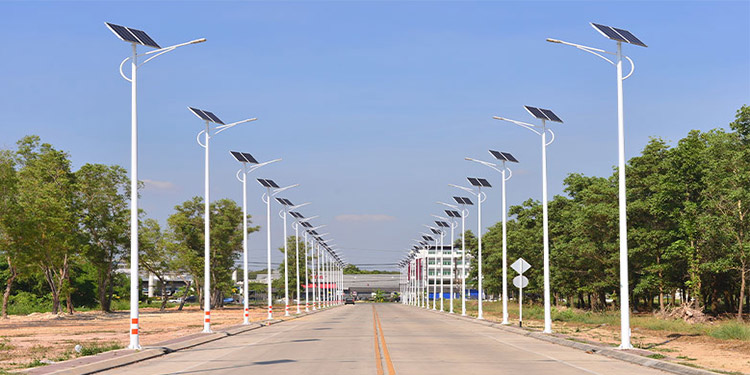
The launch also signified the conclusion of Phase Two of the Sh1 billion project, which aims to improve security, lower electricity costs, and expand business hours in all 12 sub-counties.
It is anticipated that the new manlift will halve the installation time, allowing teams to place up to 40 lamps per day.
“Lights are not the only thing at stake. It’s about safer streets, prosperous businesses, and cheaper electricity costs for the general public. Kiambu is paving the way for counties to embrace renewable energy. When the project started in 2023, more than 4,200 solar streetlights had already been placed, and by June 2026, another 5,800 were anticipated, according to Governor Kimani wa Matangi.
The governor, Kimani wa Matangi, said, “Once the project is finished, it will light up more than 80 percent of Kiambu’s public roads, a scale that is unmatched by most counties where renewable lighting projects are still small or donor-dependent.”
“Questions of accountability will linger without clear funding disclosures,” a representative from Energy Governance Kenya, an NGO that keeps monitor on county energy initiatives, stated during the opening.
With technical assistance from nearby contractors and anticipated yearly savings, the project is financed by the county development budget.
Under Vision 2030, Kenya has committed to switching to entirely renewable energy by 2030. According to experts, Kiambu’s strategy could serve as a template for other nations, especially if it proves to be long-lasting and economical.
Similar initiatives in South Africa and Rwanda have improved community safety while lowering public lighting expenses by as much as 60%.
Phase Three, which will focus on feeder roads and isolated communities, is anticipated to start early in the upcoming year and be finished by June 2026.
